Porsche is nervous about this. In the past, it has invited the odd journalist to sit alongside a test driver while a car was being signed off, but never actually to drive.
Or at least to be able to admit as much in print. I once spent consecutive nights on the same aircraft to have a few minutes in the passenger seat of a new Porsche 911 as it was signed off by Porsche’s top brass near Cape Town. This trip was rather more fruitful: I only had to go to Barcelona, I spent hours not minutes in the car and, most importantly, most of those hours were behind the wheel of the new, yet to be unveiled, Porsche Cayenne.
Porsche’s understandable sensitivity means there’s much I can’t share about this third-gen Cayenne. When I asked one engineer about the hybrid versions to come, the reply was simply: “What hybrid?”. I can’t show you any images of the interior and Porsche even went to the effort of removing all the tiny Stuttgart shields from the wheel centres, though, oddly enough, not the bloody great one in the middle of the bonnet.

Nevertheless, there is plenty about this Cayenne you will have surmised already, so I won’t dwell on it. It sits on the VW Group’s MLB platform that already underpins cars such as the Audi Q7 and Bentley Bentayga and will also form the basis of the Lamborghini Urus.
Its engines largely mirror those already launched in the Porsche Panamera and will therefore feature two V6 petrol motors for the base Cayenne (335bhp) and S (434bhp), a four-litre twin turbo V8 (540bhp) for the Turbo and (while Porsche made no mention of either) Audi-sourced V6 and V8 diesels as well. The latter 414bhp unit features the electric compressor charger present in V8 diesel Q7s and Bentaygas, but not the Panamera.
And, of course, there will be hybrids, both the ‘standard’ 456bhp hybrid based on the 2.9-litre V6 from the Cayenne S and the presumably berserk 670bhp ‘Hybrid S’ powertrain based on the V8 Turbo. I am required to stress that these outputs relate to engines in the Panamera because Porsche won’t say what they produce in the Cayenne, but nor was there any suggestion that they might be different.

Porsche had assembled all the purely petrol-driven cars in Spain, but I could only drive the two V6s – not, I am told, because I was not to be trusted with the Turbo, but because it was a lot less ‘finished’ than its little sisters and not representative of the production cars. In all other respects, the cars are finished, pre-production prototypes built on the line with production tools.
I’d like to say Porsche had brought them to Barcelona just for me, but the truth is they’re in the middle of a two-week sign-off drive, being driven relentlessly around Europe just to see if there’s any tiny detail or niggle that might need addressing. I can’t tell you much about the interior design, either, but I think it’s safe to say that anyone who’s had a nose around the cabin of a new Panamera is not going to drop to their knees in shock and awe when they see the Cayenne.
I can tell you it has a similarly imperious driving position to the old Cayenne, almost unchanged space for passengers on board (despite a distinctly lower roofline) and a usefully bigger boot.
If it looks smaller than a Q7 or Bentayga, that’s because it is, and not just because of that tapering roof. It’s also the first car to use this platform’s short chassis configuration, with fully 100mm less metal in the wheelbase. “It makes the car lighter, more sporting and agile,” explains SUV director Oliver Laqua, “and, for Porsche, that is critical.”

I ask if there’s going to be a longer wheelbase car with seven seats and get a rather old-fashioned look by way of a reply. Clearly not.
After a brief spell in the Turbo’s passenger seat – monster thrust, mesmeric ride, slightly muted engine note – I’m ushered into the driving seat of a Cayenne S.
Its 2.9-litre ‘hot turbo’ engine is among the newest to see service in a Porsche. This car also has optional air springs and PASM active damping. I’d say it was a good rather than great powerplant for such a car, which, like all large SUVs, feels like what it needs more than anything else is a thumping great diesel under the bonnet. But while you have to work for it, there’s no doubting it delivers the goods: thanks to its aluminium intensive structure, the Cayenne S is about 60kg lighter than the car it replaces and has the same power as a current Cayenne GTS.
It should hit 62mph in less than five seconds, which is pretty rapid for a merely mid-range two-tonne SUV. More impressive given its size and weight is its ability to cover the ground on give-and-take roads. Porsche has deliberately taken a different route to Audi and Bentley by eschewing a Torsen centre differential in favour of its own clutch-based system, which it says is quicker to react and results in more neutral handling – a trait I can confirm. Indeed, you can sling it into quick curve at brain-boggling speeds for such a car and it will find a way of scrabbling round. It’s not as agile as a Porsche Macan but nor could you expect it be. I was also delighted to discover its electric power steering was at least as linear as the old hydraulic set-up and I’d say more accurate. My only slight disappointment is the car felt more fluent than fun. No, this is not a Cayman GT4 and expectations must be managed accordingly, but even the least-sporting Porsche is still a Porsche. So it was with limited expectations that I climbed into the base-spec Cayenne and, despite needing to be worked even harder, got on better with it almost immediately.

The reason was not hard to find: on standard steel springs with passive dampers, it may not ride quite so capably as a tricked-up S over long distances, but it still rides pretty well while offering a level of feel and feedback missing from the optionally air-sprung car. I felt more involved, better entertained and more in touch with the road. SUV or not, this is unmistakably a Porsche.
Porsche has yet to decide even whether to take the base petrol model in the UK (the old car was to special order only) but that scarcely matters: if you want your Cayenne or Cayenne S to handle like a Porsche rather than ride like a limo, spare yourself the price of the air suspension that, at least of these models, will be standard only on the Turbo.
Doubtless a fuller evaluation will reveal more, but for now you can take it that the new Cayenne is more than usefully improved without representing revolution for its kind or class. Then again, for anyone who needed a full-size SUV but cared about driving, even the last one remained the number one choice right up until its death. My sense is that if properly specified, the new one’s grip on that title will be tighter than ever.
Price TBC Engine 6 cyls, 2894cc, turbo, petrol Power 434bhp at 5650rpm (approx) Torque 405lb ft at 1750rpm (approx) Gearbox 8-spd automatic Kerb weight 2100kg (approx) Top speed 165mph (approx) 0-62mph 4.8sec (approx) Economy TBC CO2/tax band TBC
WHY IT PAYS TO GO MODULAR
The new Cayenne doesn’t just sit on the same MLB platform as an Audi Q7, Bentley Bentayga and Lamborghini Urus – every technology it contains has been developed by, with or for its in-house stablemates.
Meetings at Volkswagen Group level decide which brand is going to lead which technical developments and, once completed, they must be made available to all the others. There are exceptions to this rule – such as Porsche’s flatformation engine, which remains its specialism – but they are rare.
In the case of the Cayenne’s engines, the V8 petrol engines are Porsche’s work, while the V6s and diesels belong to Audi.
Porsche Cayenne diesel sales banned in Germany due to suspect emissions software

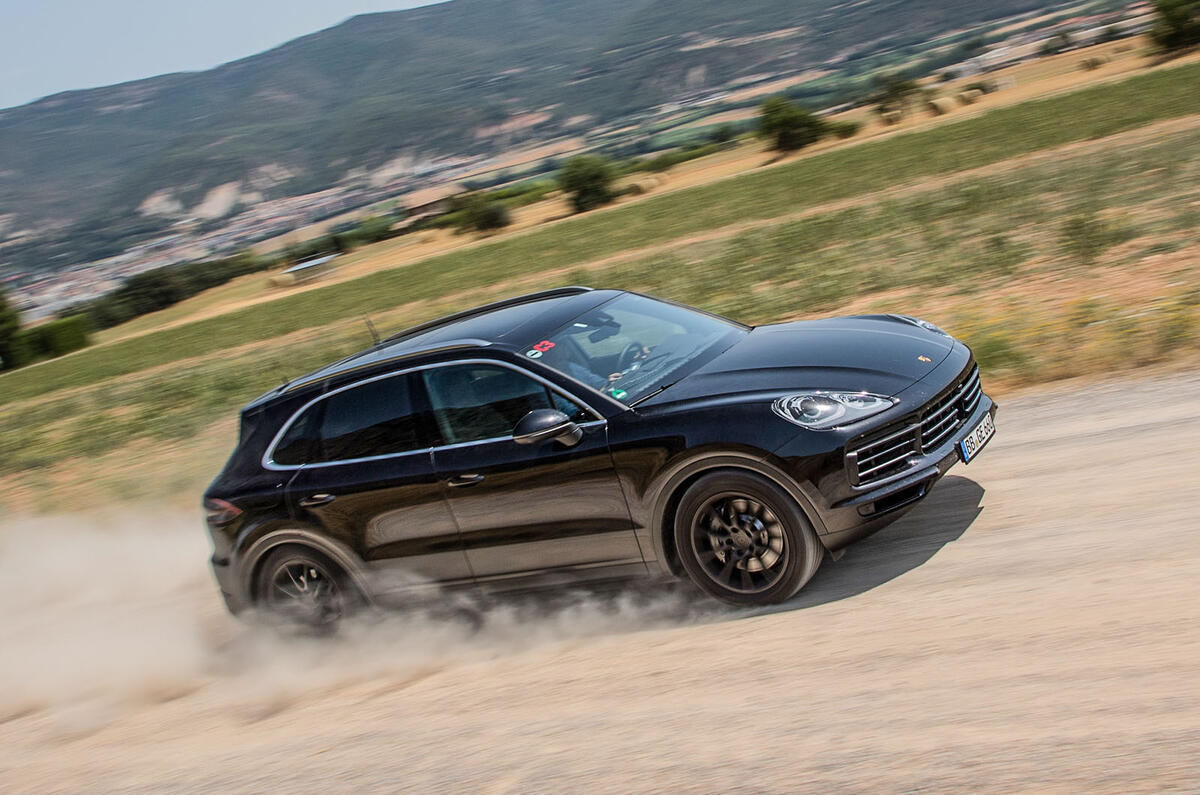
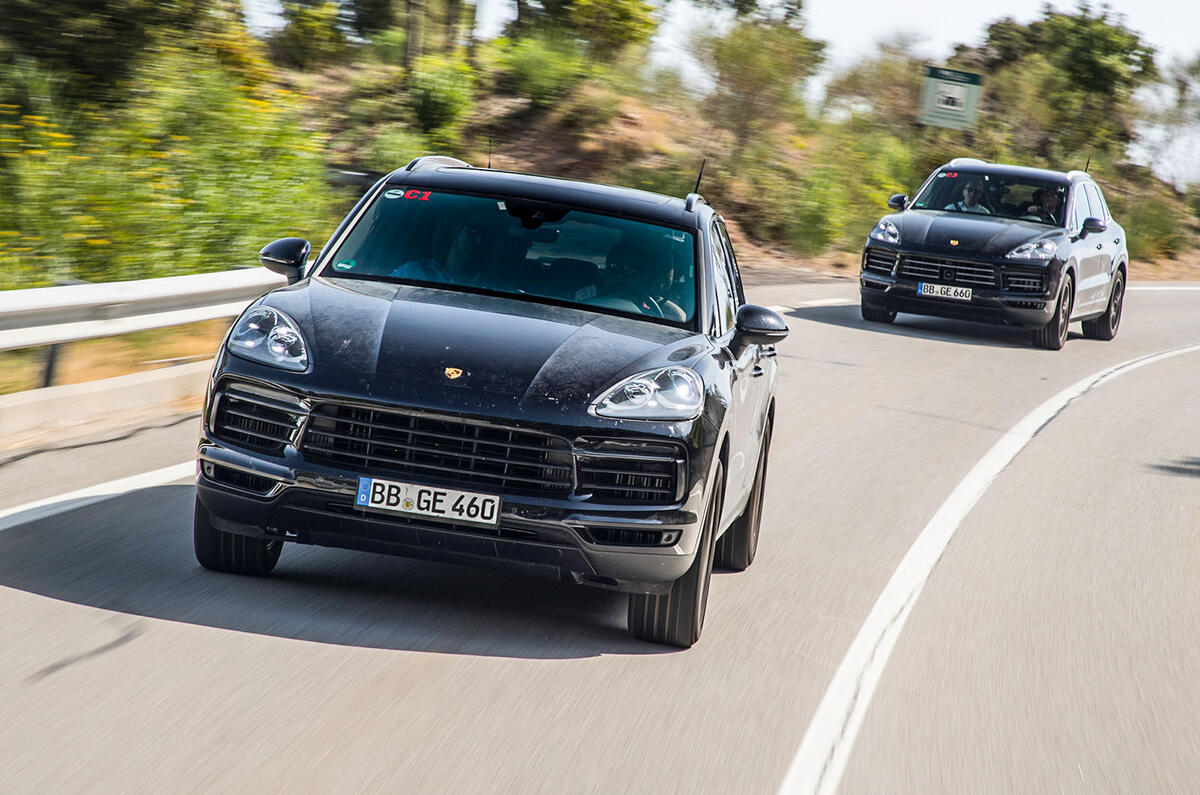
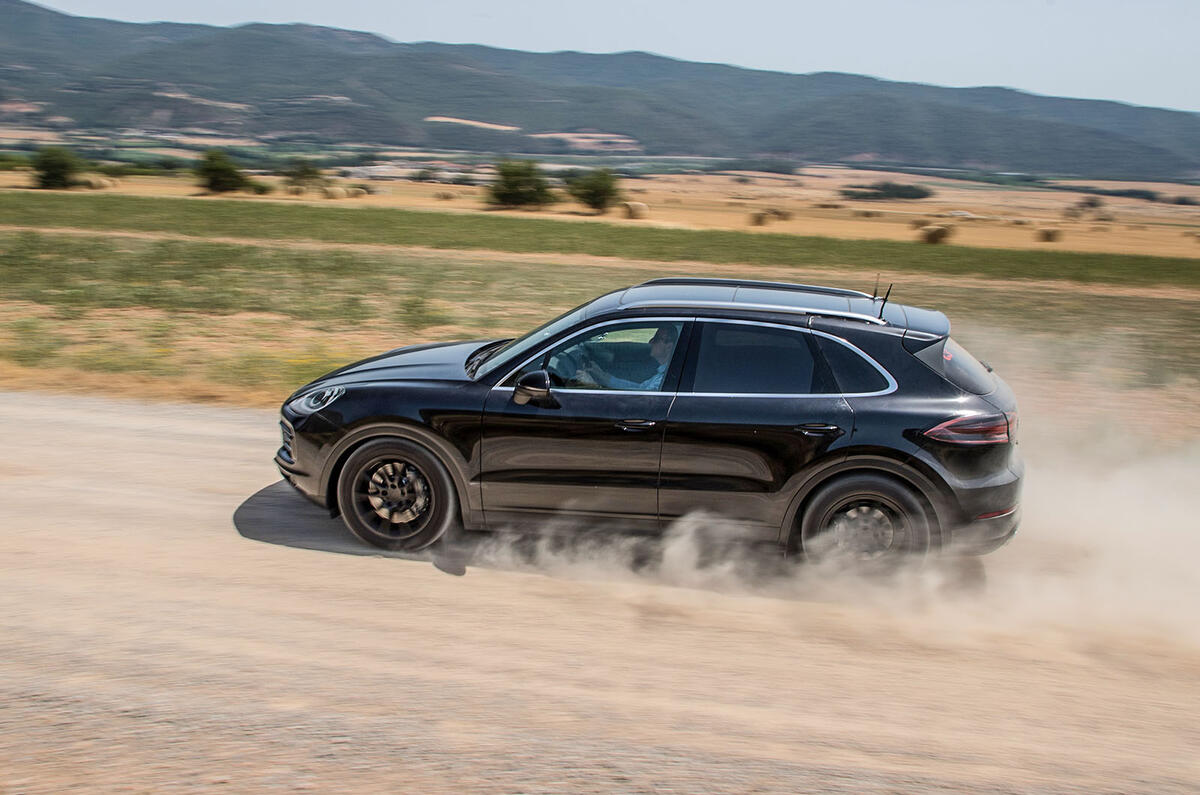
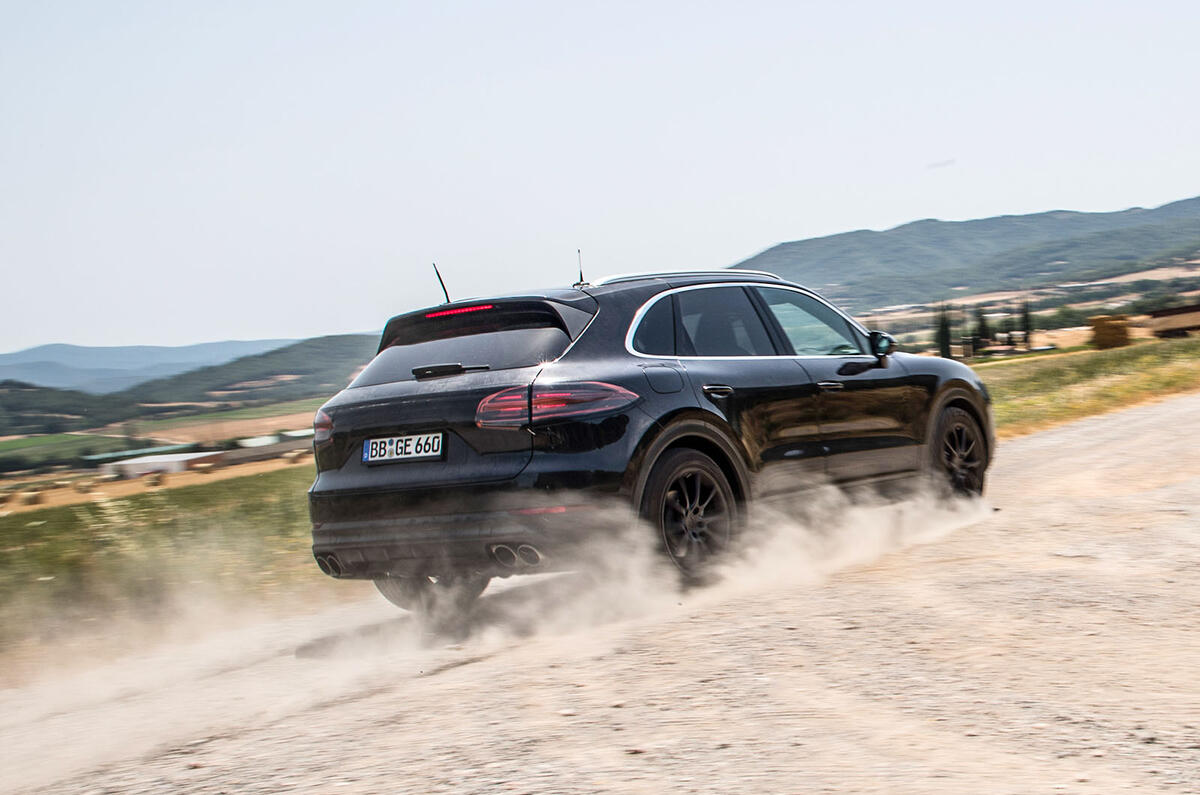
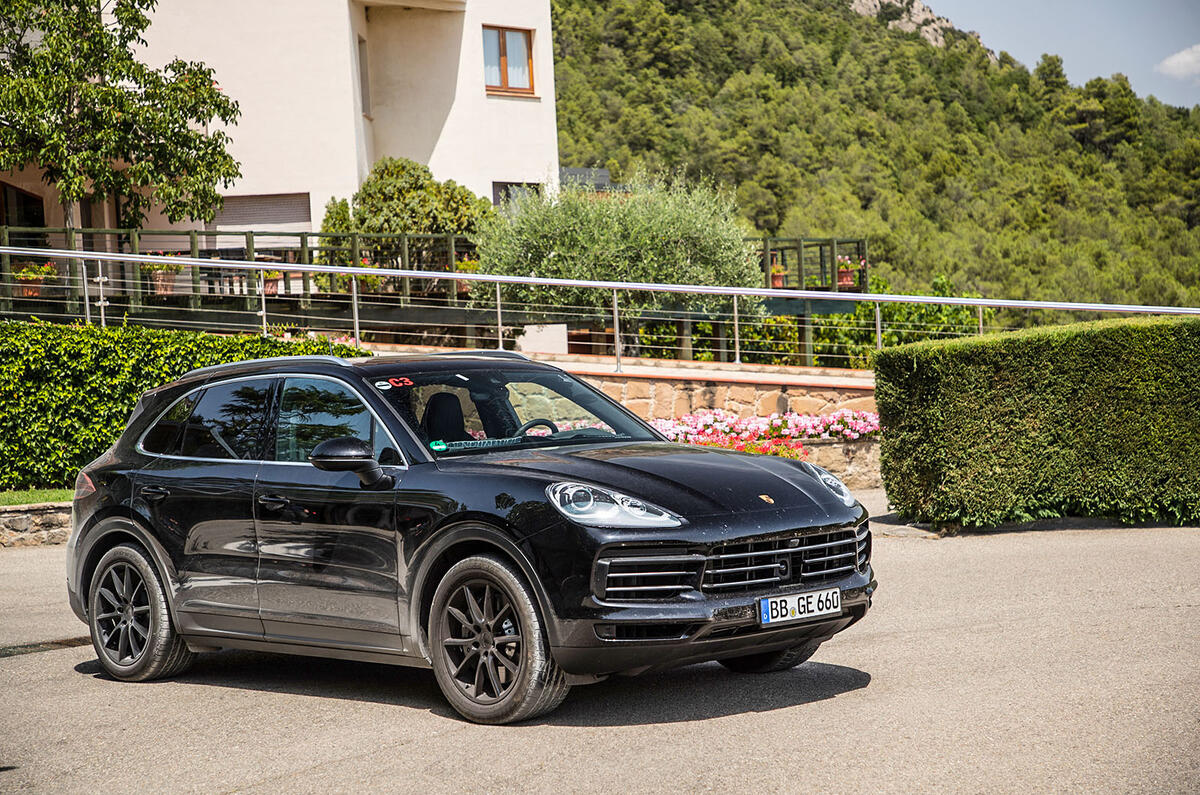
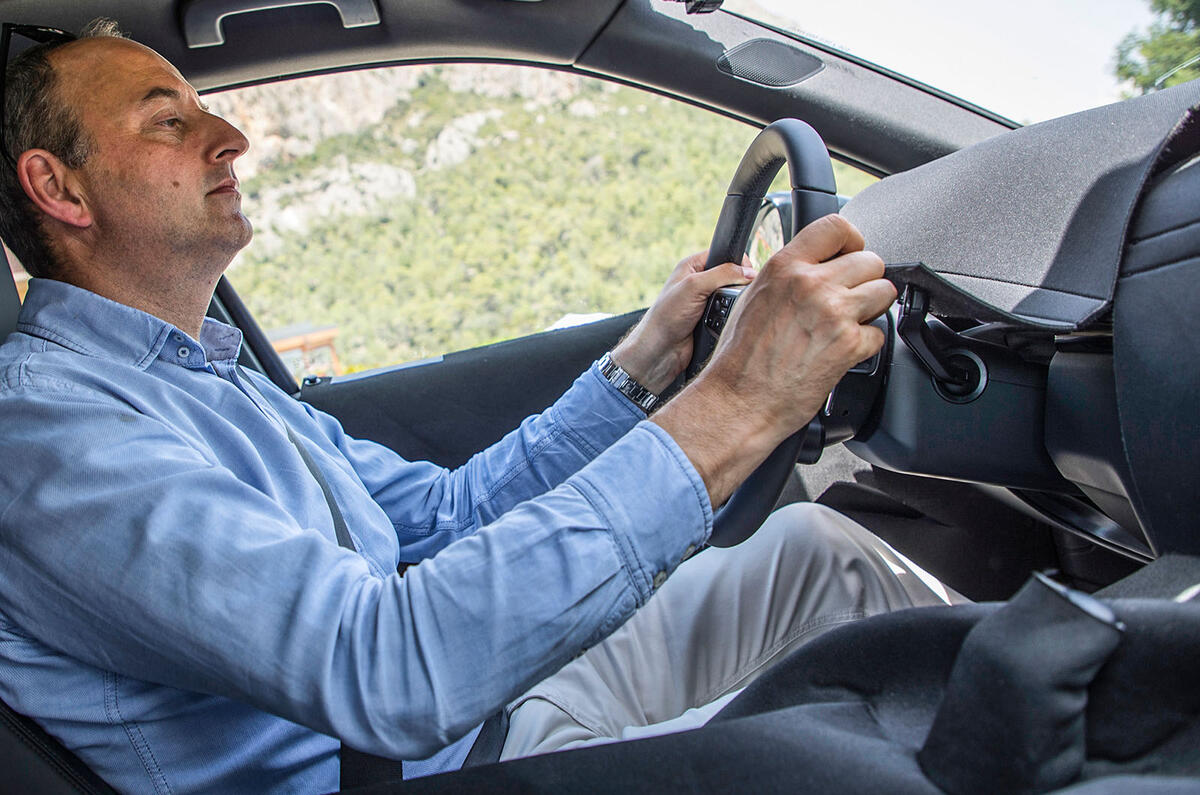
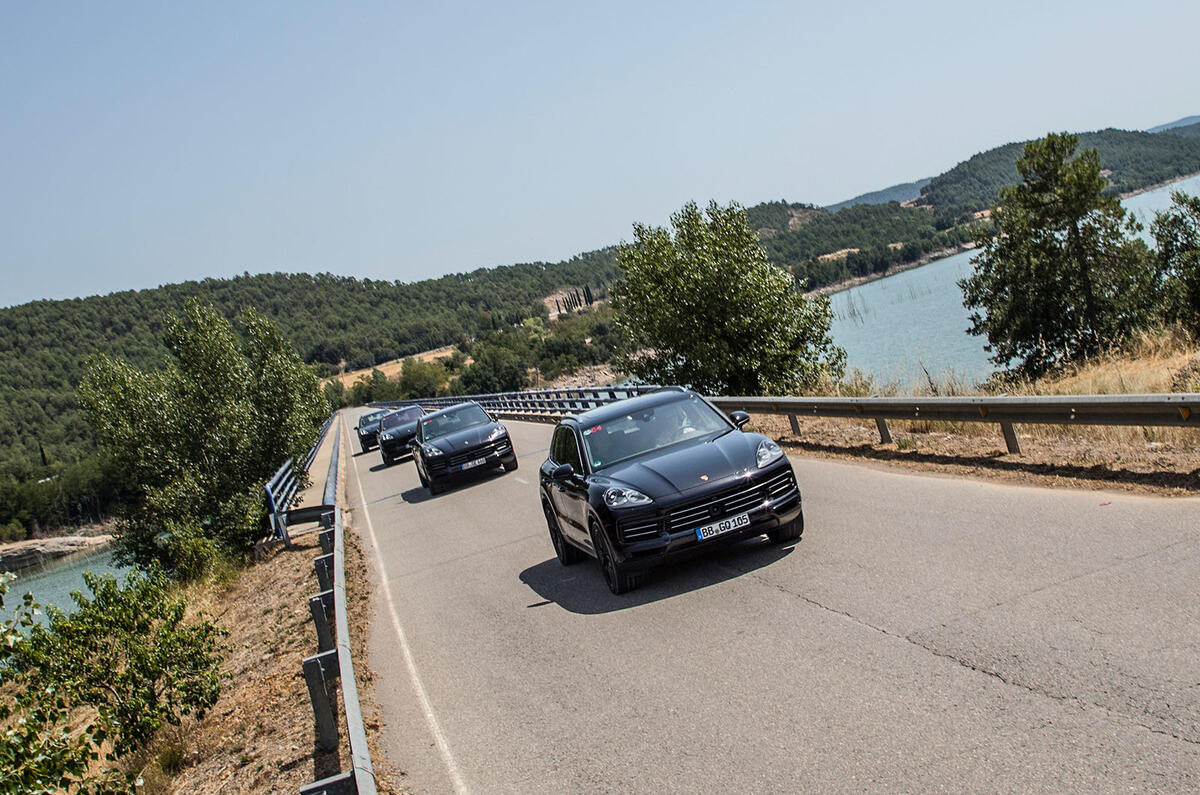
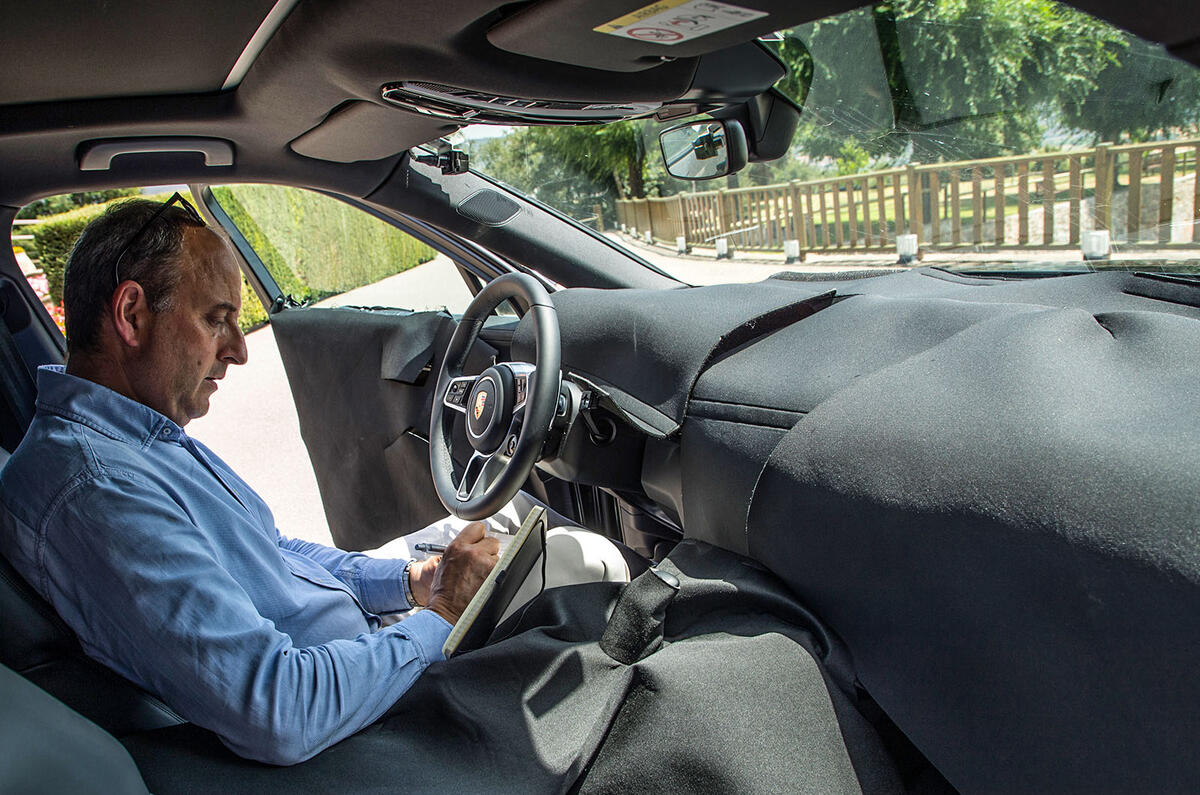
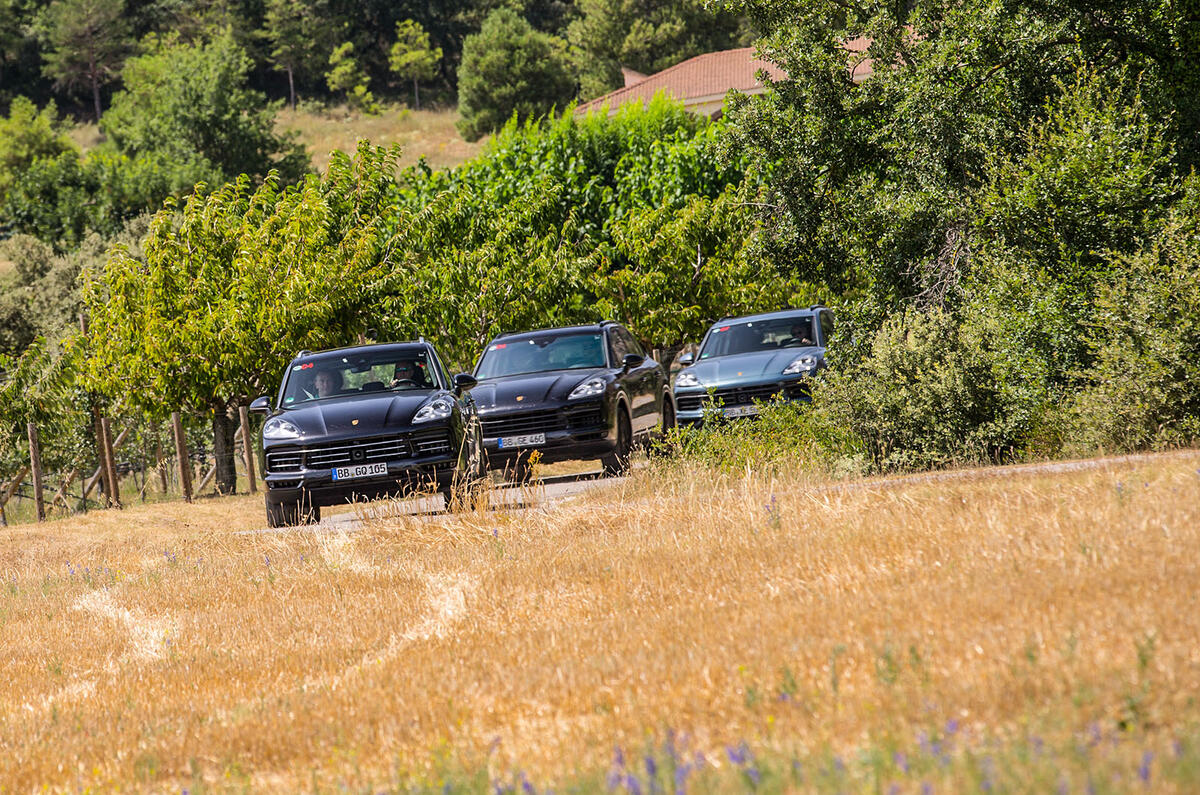
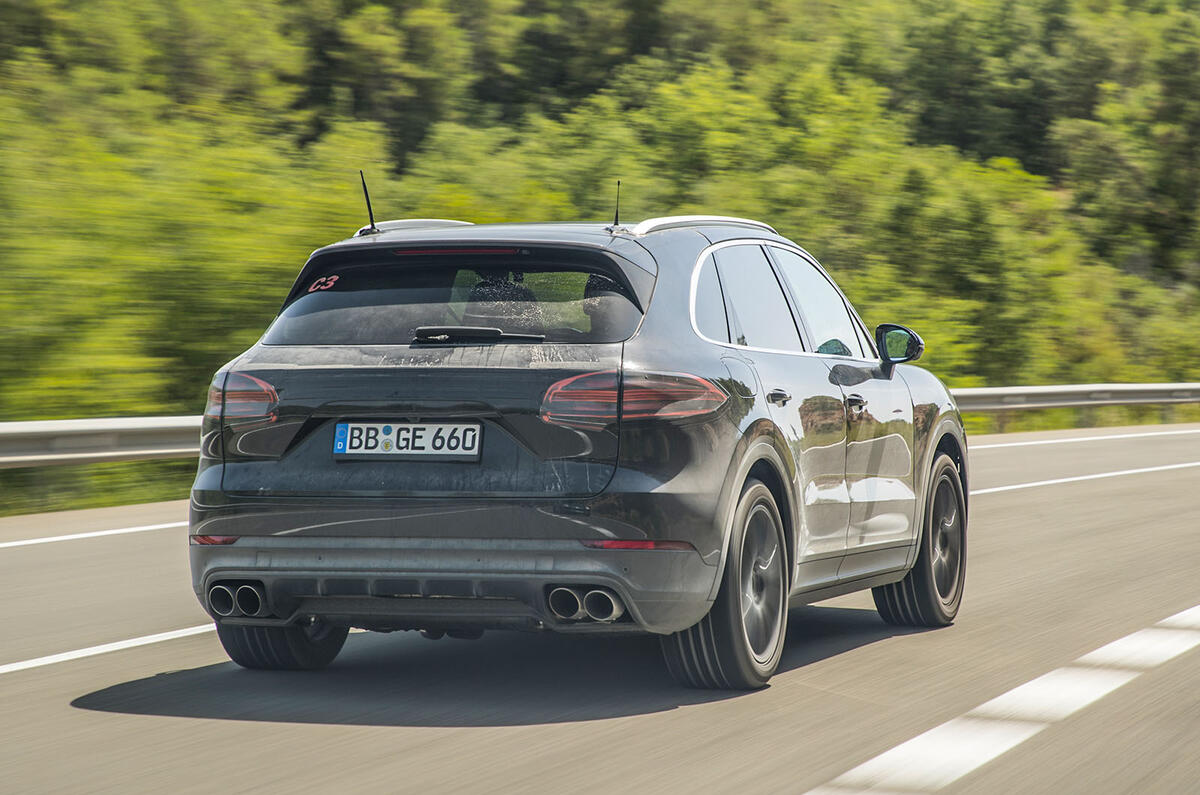
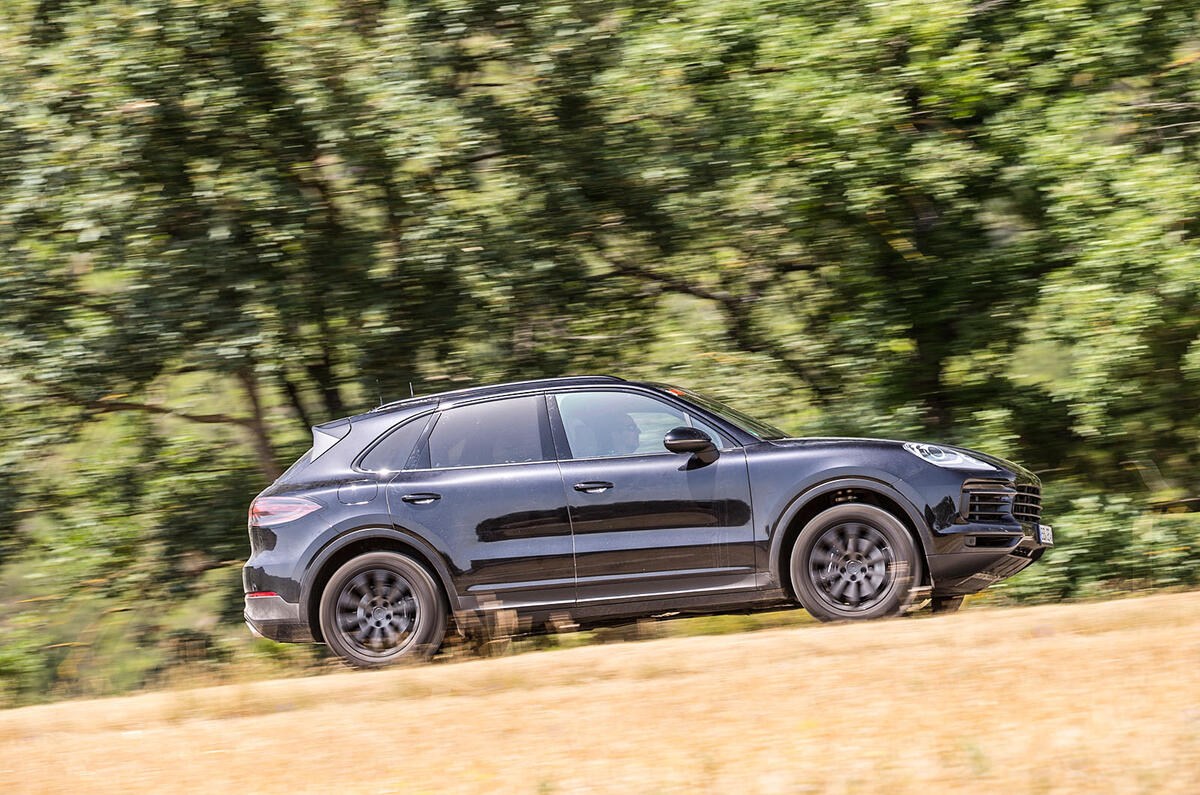
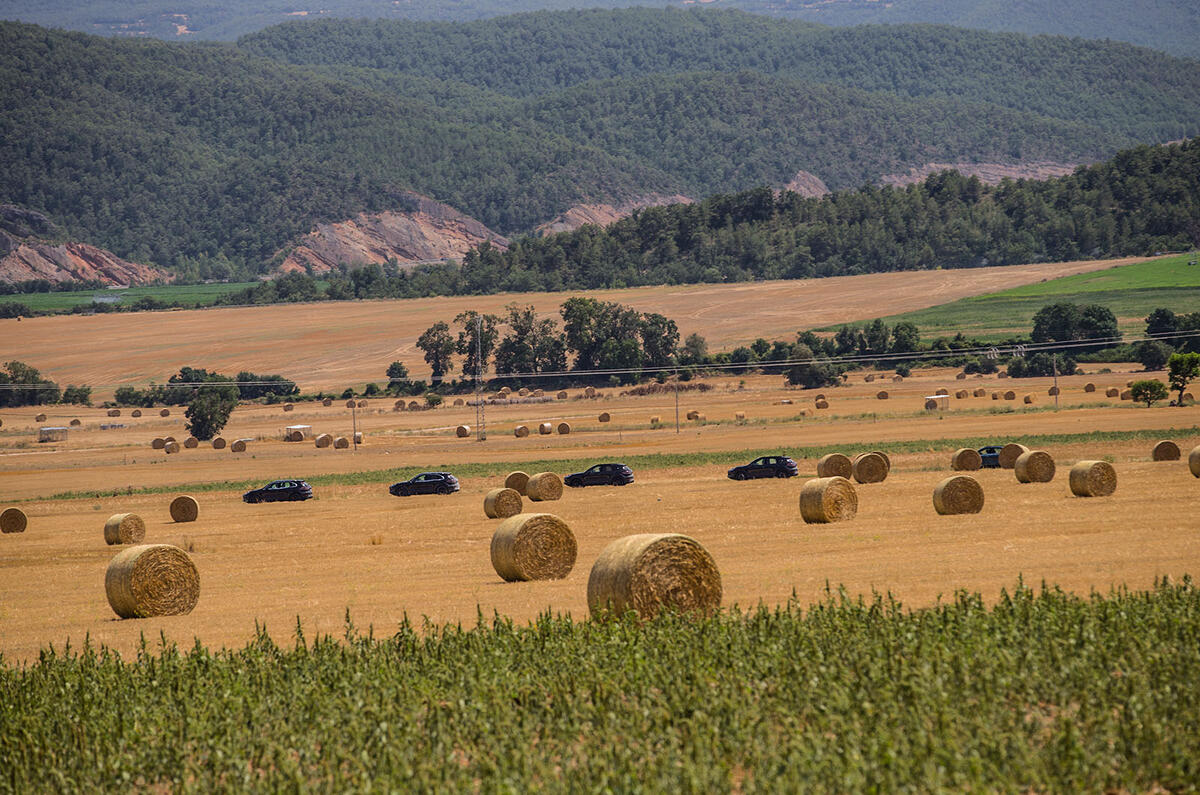

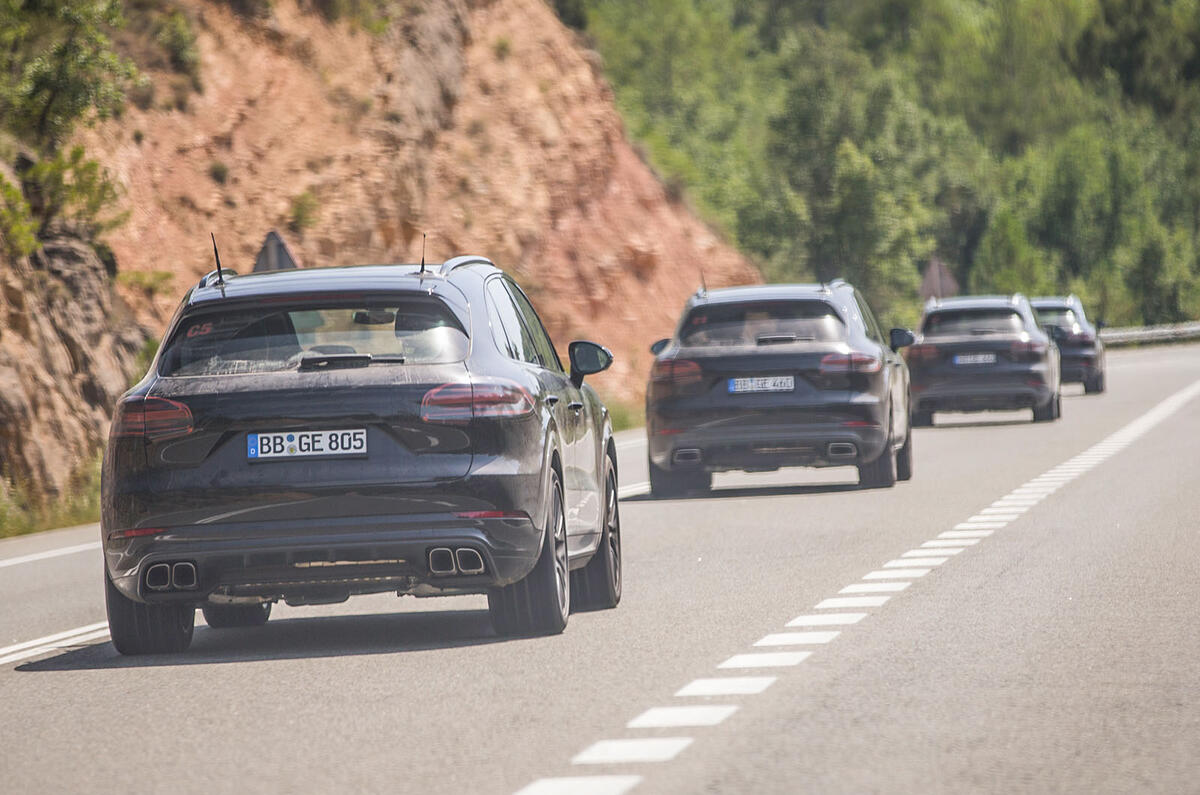
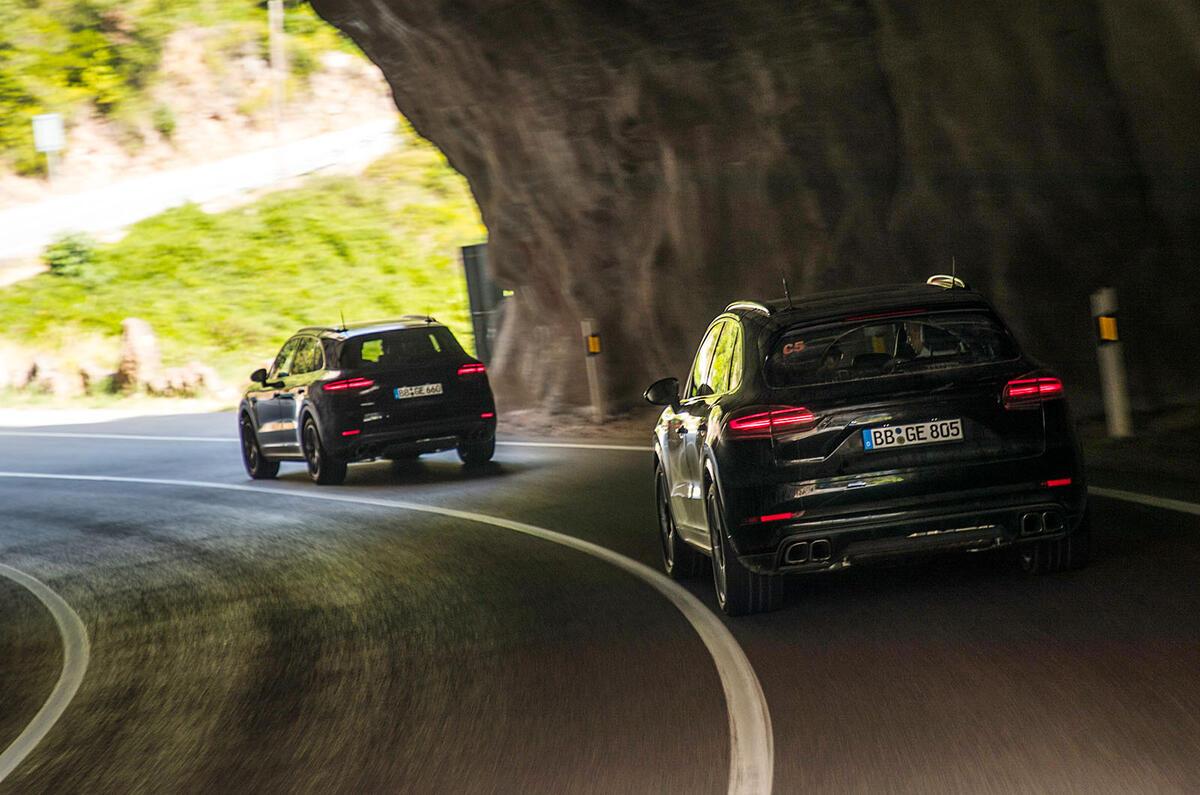
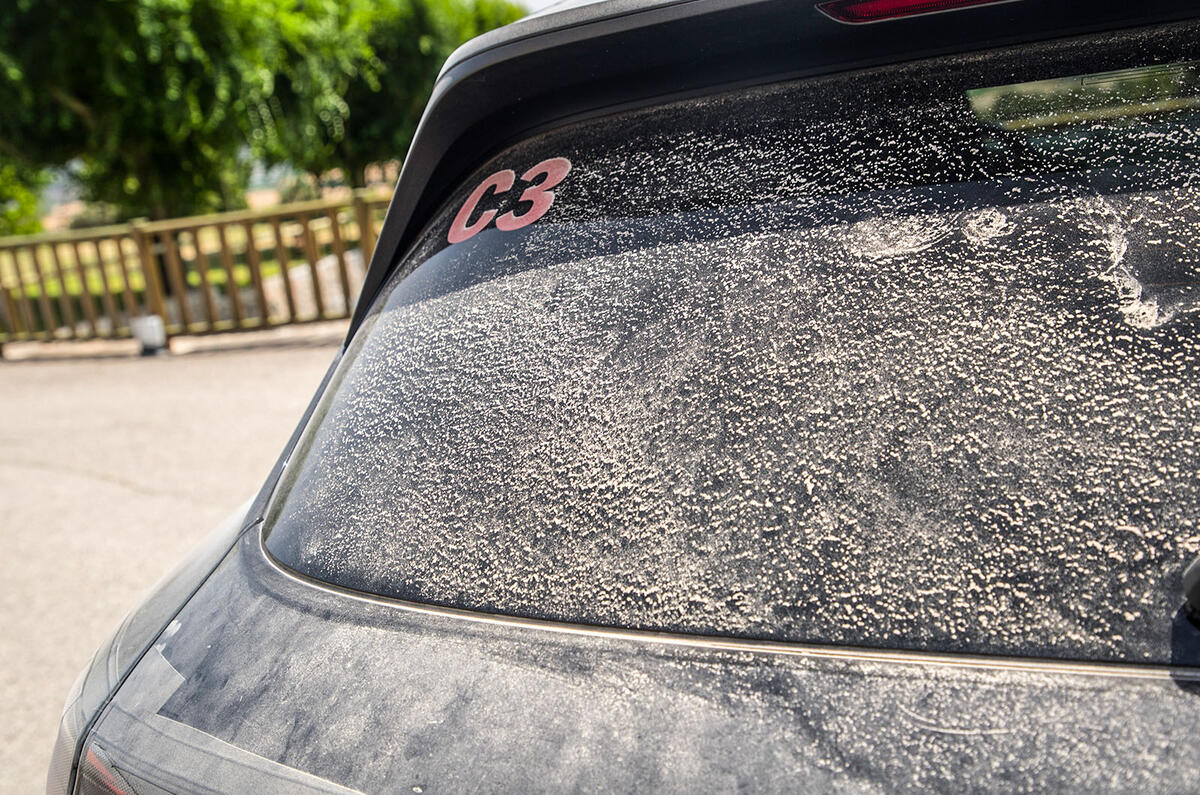

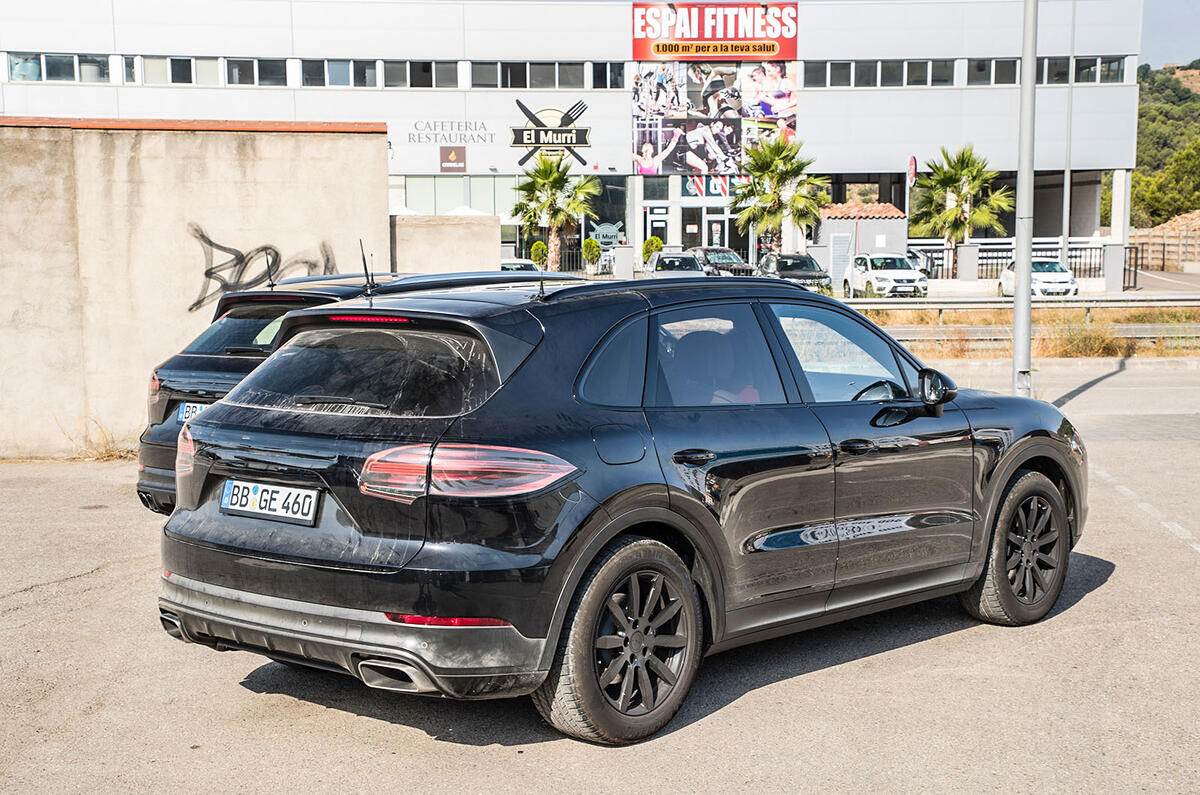
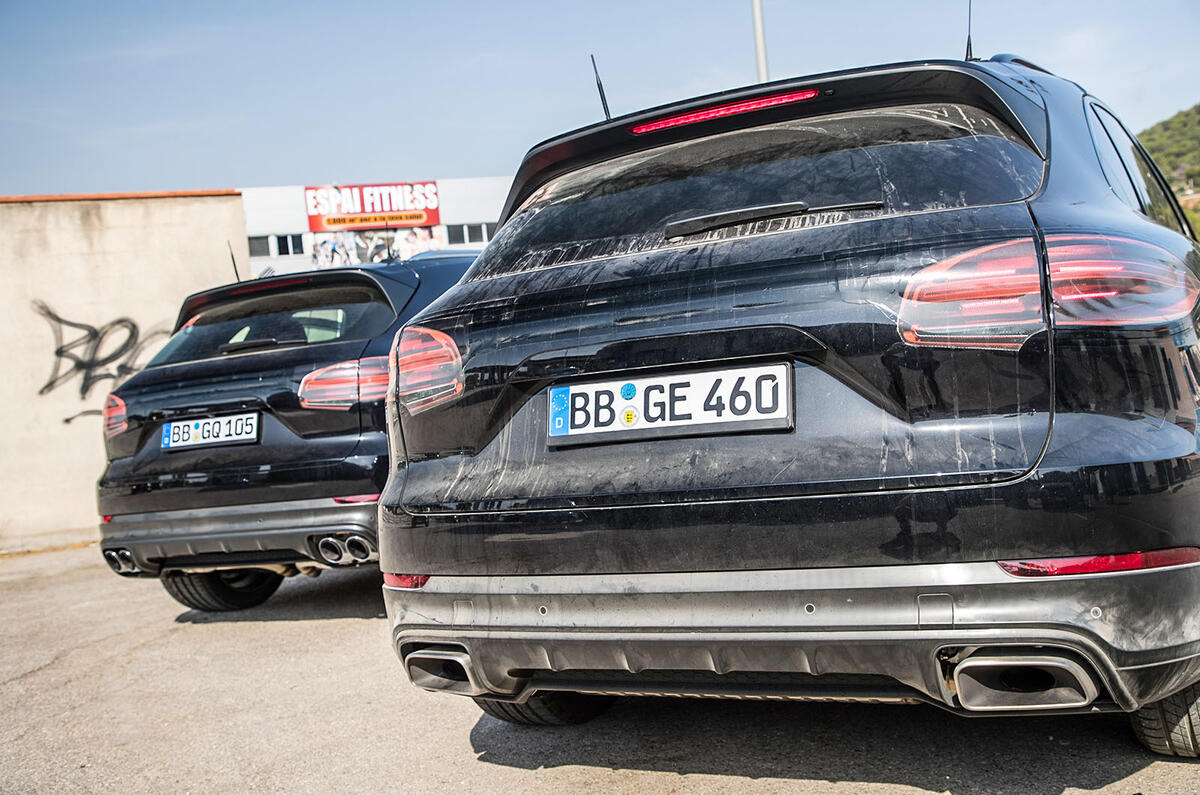
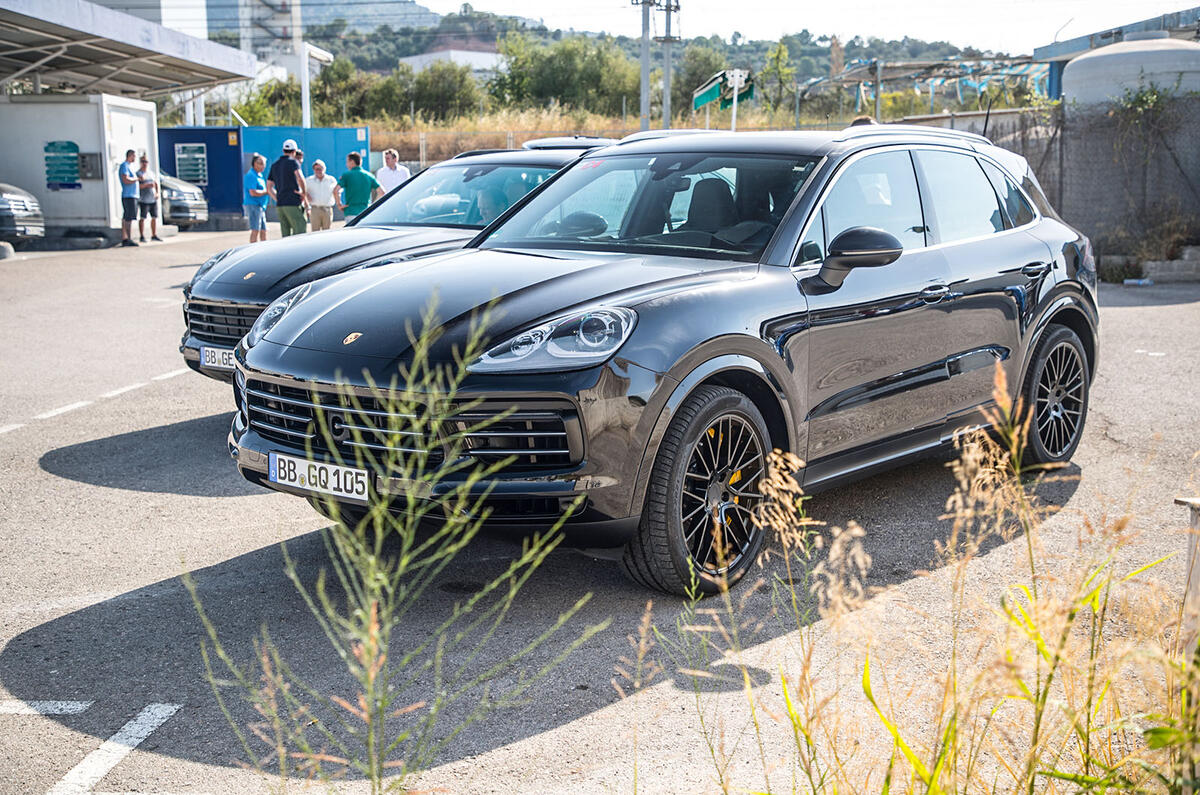
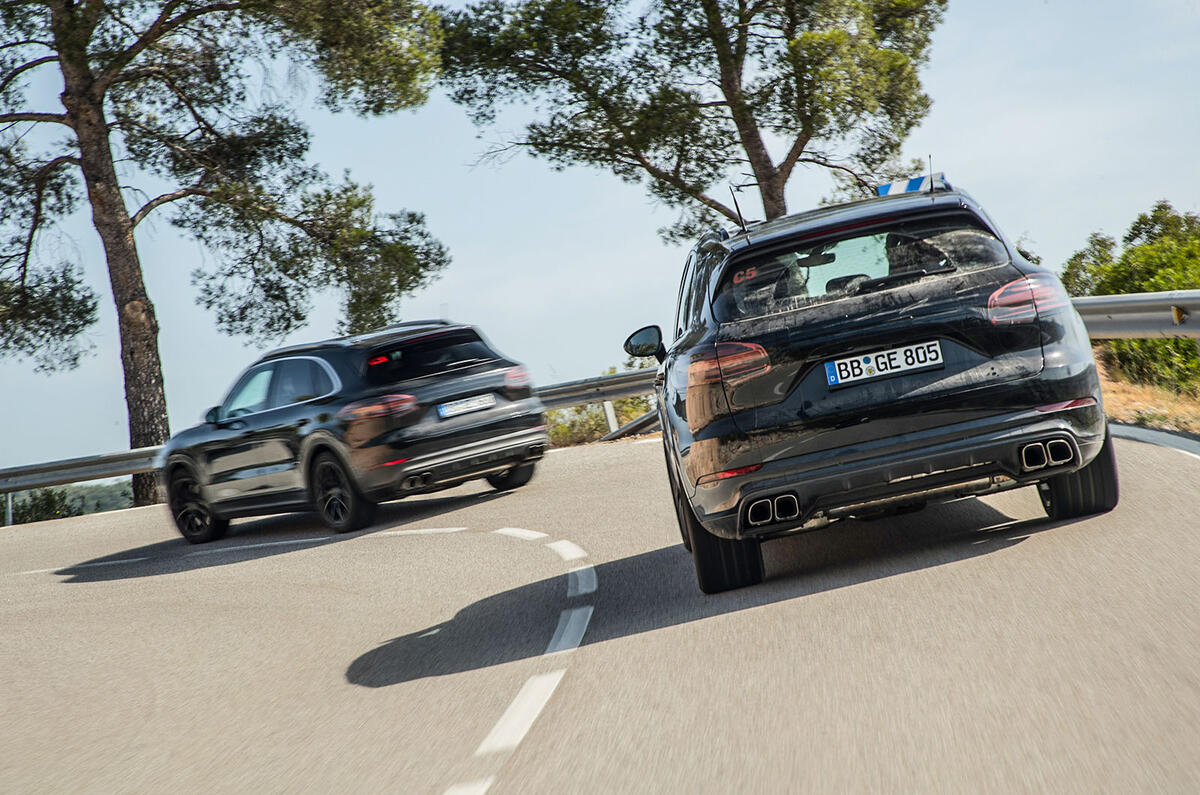
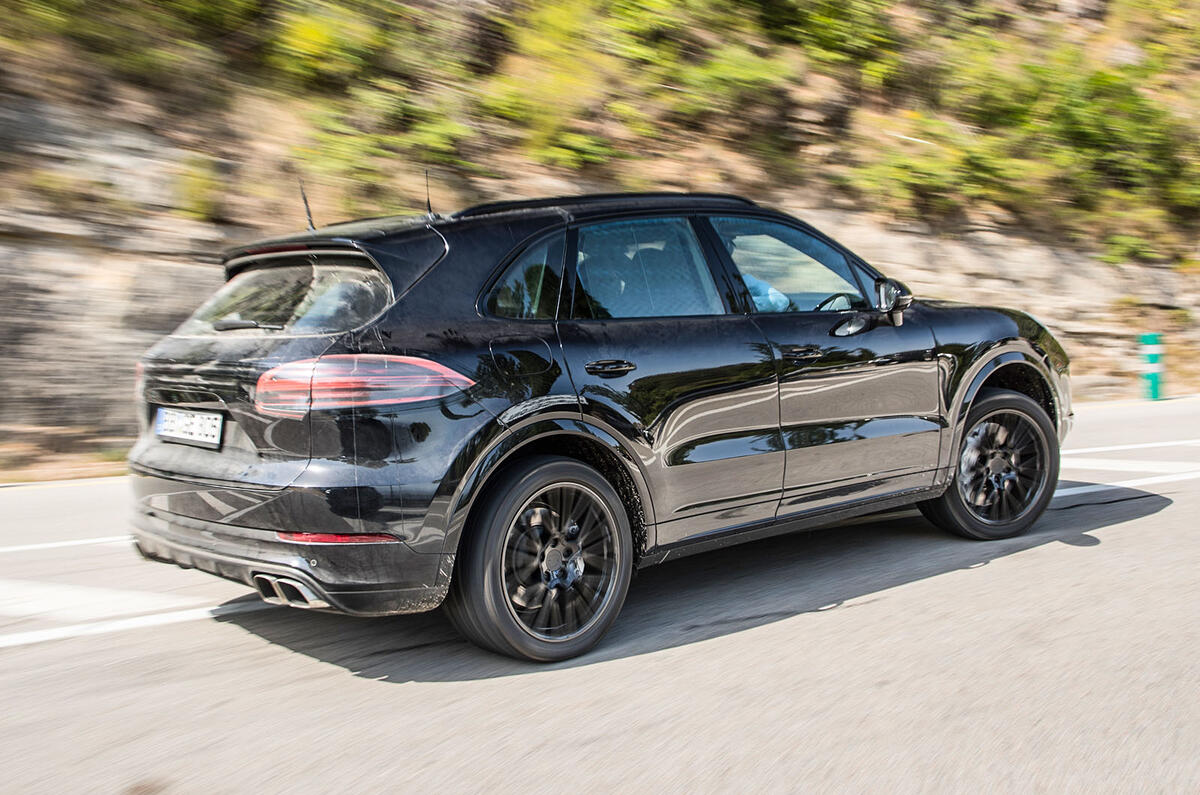
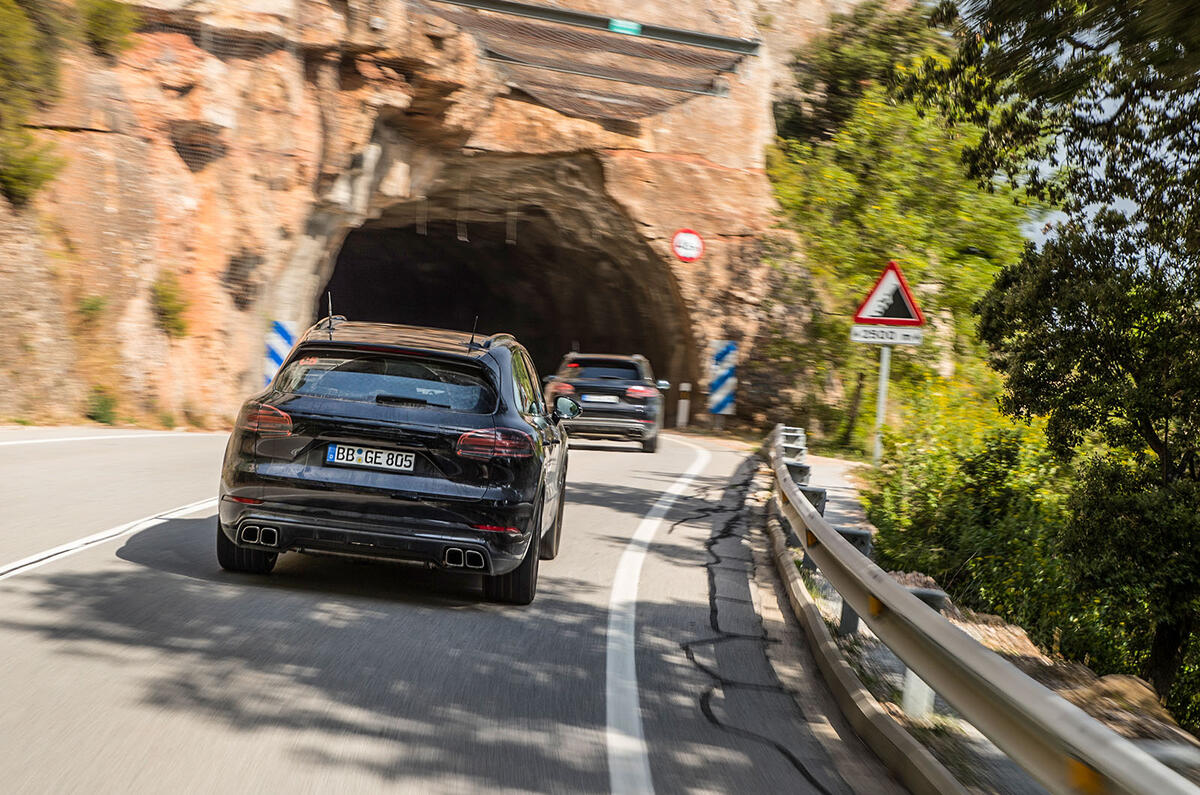
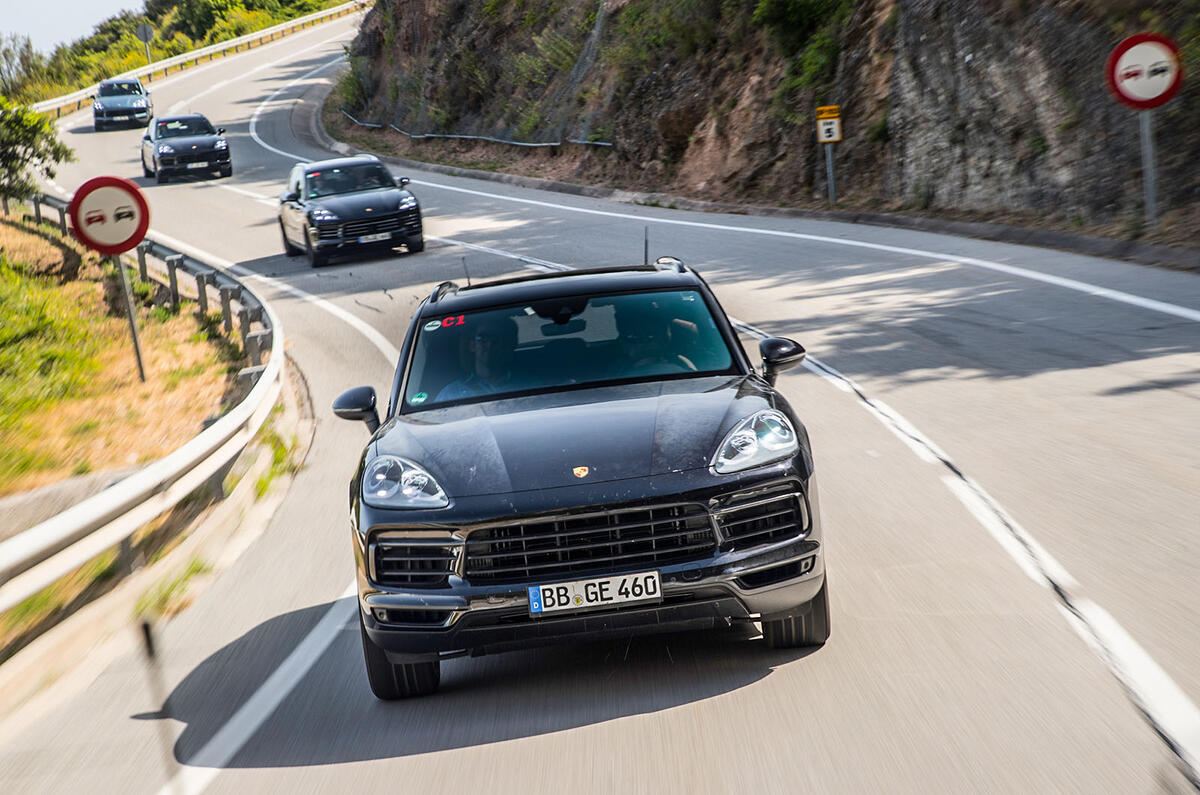
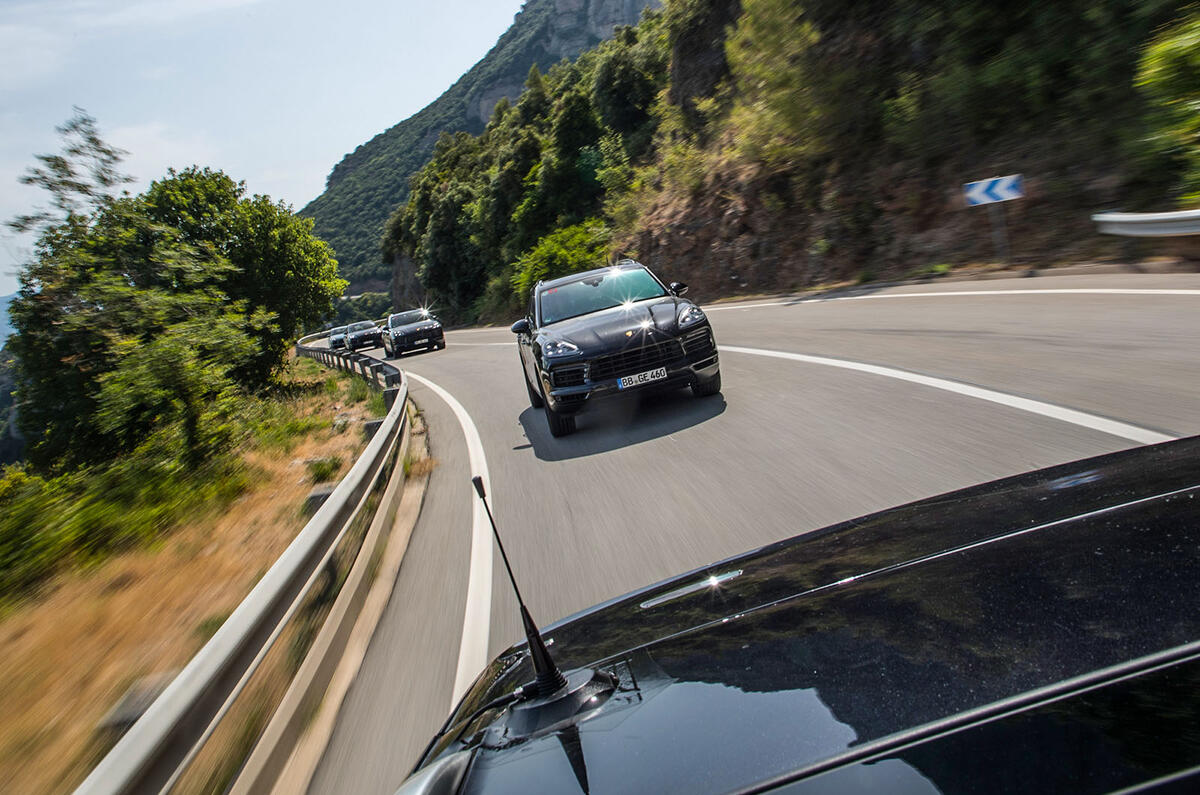
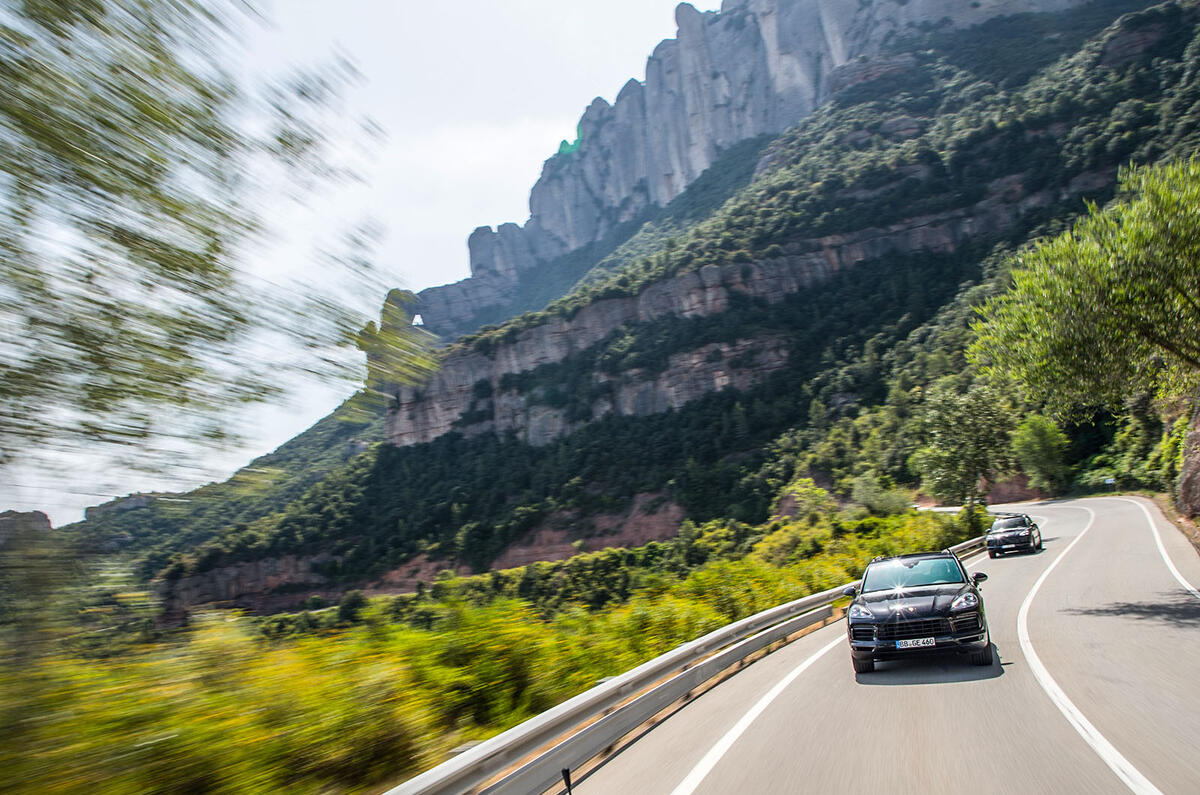
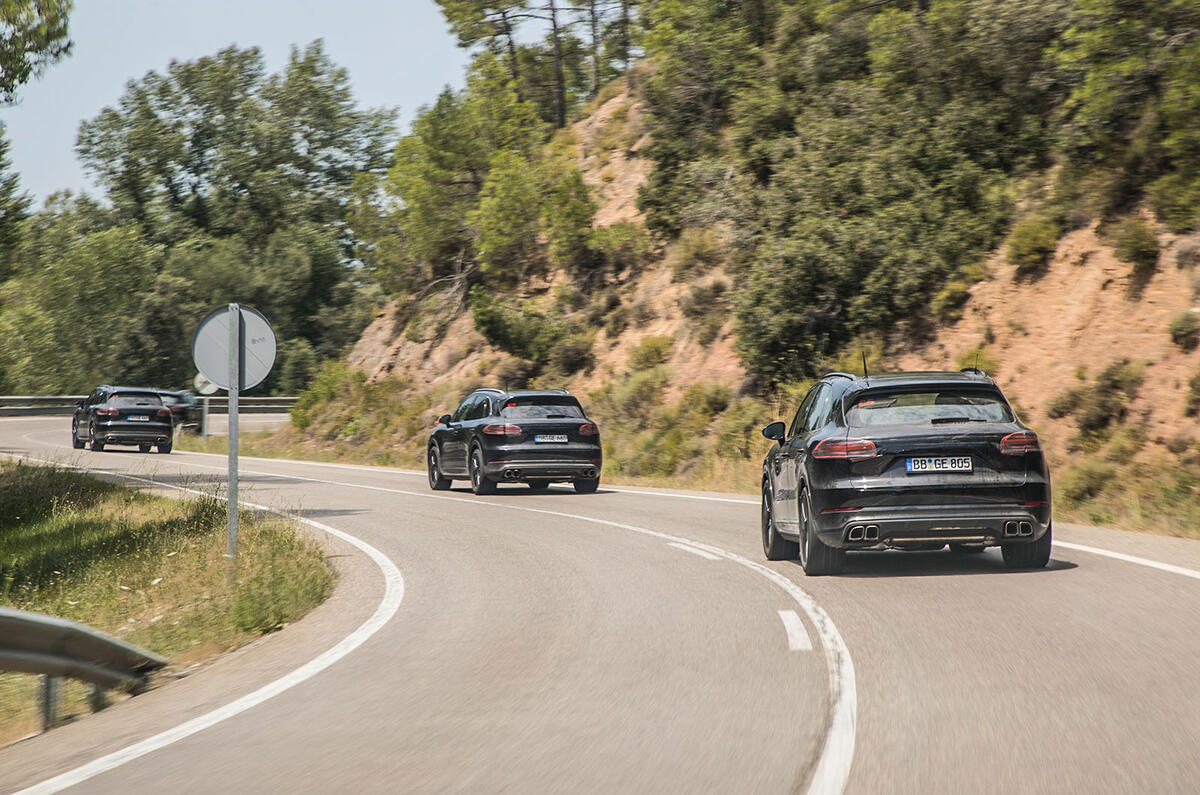
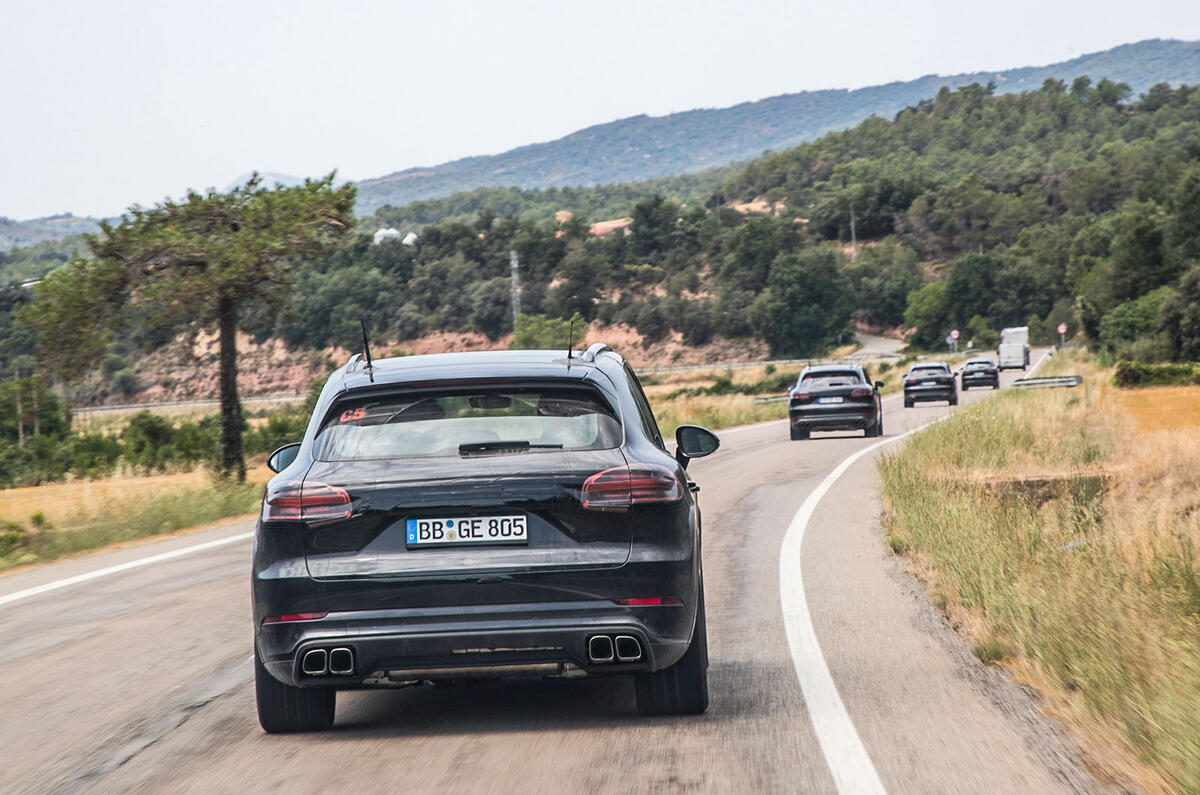
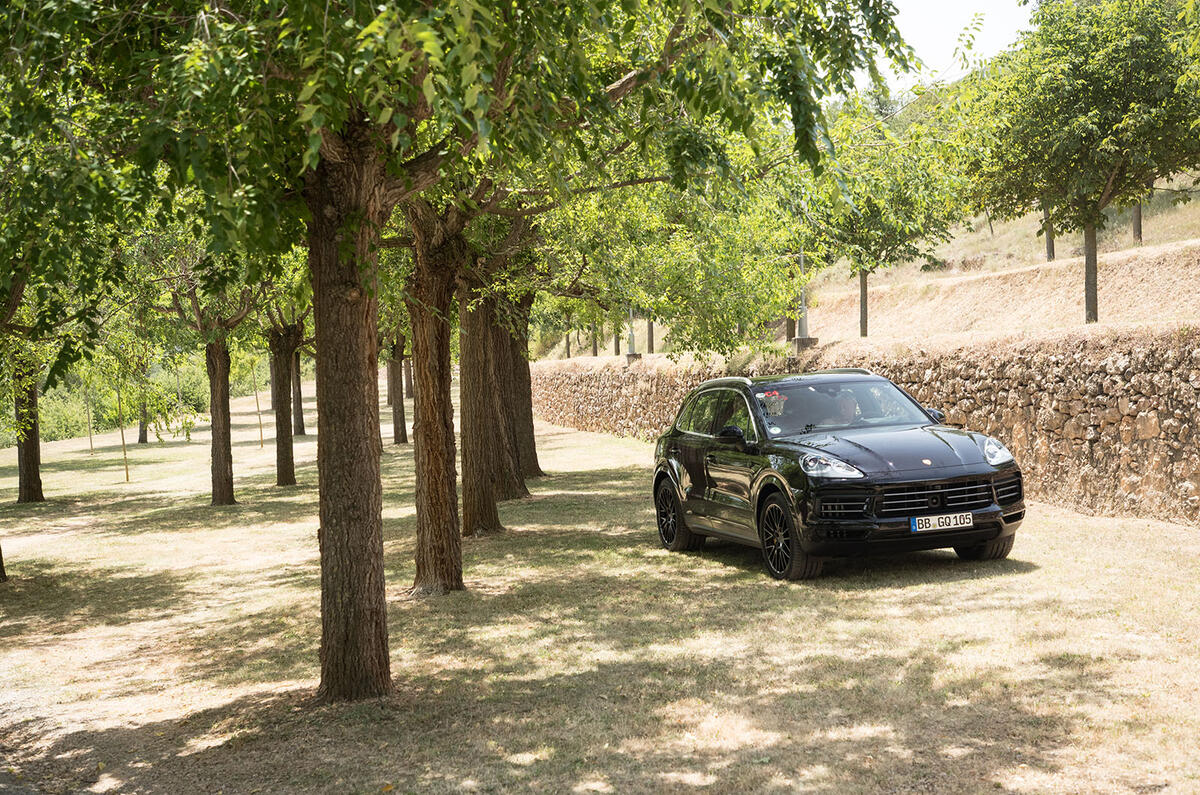

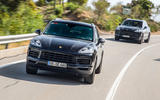
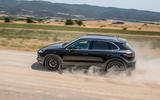
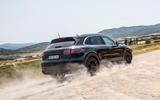
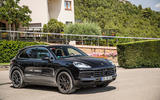
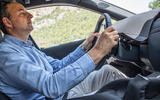
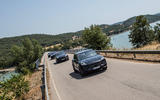
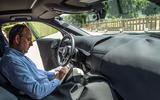
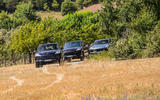

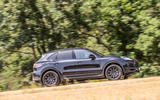

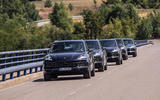
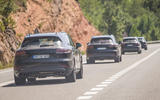
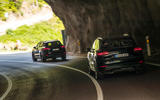
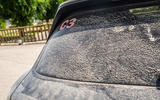
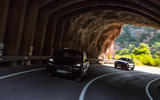
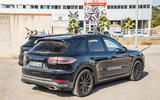
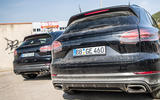

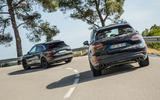
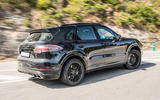
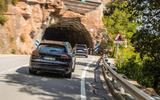
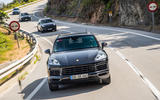
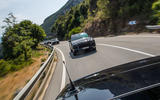

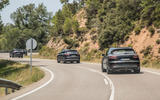

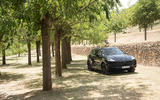


Join the debate
Add your comment
@TStag - wtf are you on about?
Does the article give 5 stars? - no, it quite rightly doesn't give any. Does it praise the car to the hilt? - no it doesn't. Is it giving it's readers an valuable early insight into the next generation of one of the most anticipated and best selling vehicles produced by one of the world's top car manufacturers - yes it absolutely is. And what's wrong with that? Get a grip.
So is autocar now turning
So is autocar now turning into an advertising machine for Porsche. There is little to be learned from this article! I ask because anytime Autocar write about JLR in the same way the same question is asked.....
A correction
I think the new Porsche Cayenne uses the MSB platform, not the outgoing MLB platform which is to be phased out after this generation